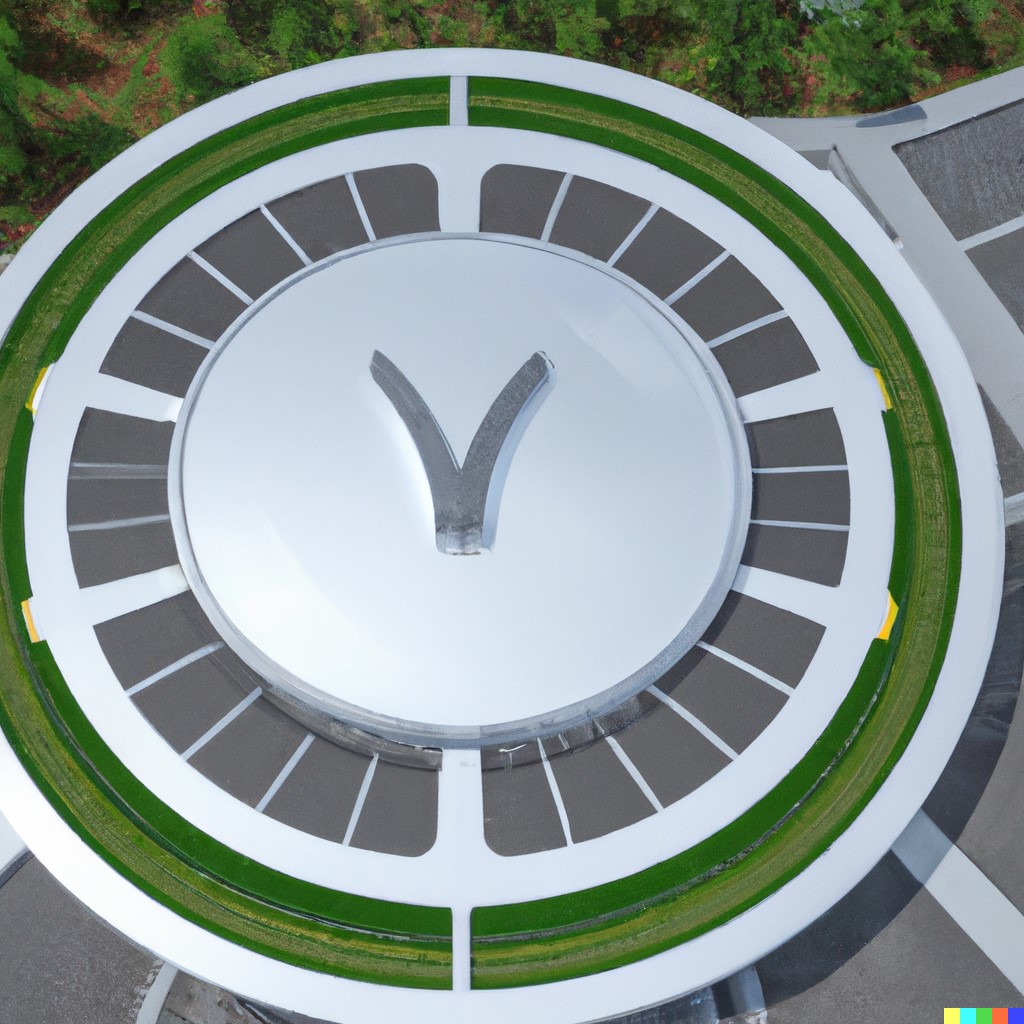New Technology
Vertiports Will Be Needed
Aluminum vertiports are the latest development in Urban Air Mobility (UAM), a term used to describe the use of electric Vertical Take-Off and Landing (eVTOL) and Vertical Take-Off and Landing (VTOL) vehicles for urban transportation. These vertiports are designed to provide safe and efficient landing and take-off zones for eVTOL and VTOL vehicles, allowing them to transport passengers and cargo quickly and safely within cities.
Why Aluminum?
The vertiports will be constructed primarily from aluminum, making them lightweight and easily transportable, which is a critical factor in building UAM infrastructure in cities where space is at a premium. These vertiports will be used for landing and takeoff of eVTOL and VTOL vehicles, making the vehicles more accessible and widespread to passengers and cargo.
Aluminum is not just a material choice; it’s a strategic decision. Its lightweight, durable, and corrosion-resistant properties make it ideal for the rapid deployment of vertiports in urban areas. Given that eVTOL and VTOL vehicles themselves are lighter than traditional helicopters, aluminum’s strength-to-weight ratio aligns perfectly with the less stringent structural requirements of vertiports.
FAA Guidelines and Operational Efficiency
The FAA’s recent release of vertiport design standards is a milestone in the UAM industry, offering guidelines covering safety, noise pollution, airspace integration, and lighting and marking of vertiports. They provide clear instructions on the design, construction, and maintenance of vertiports, ensuring their safety, environmental sustainability, and compliance with regulations. These guidelines are crucial for ensuring that vertiports are built to meet both safety standards and operational efficiency. With the potential for higher frequency of flights, especially during peak hours, aluminum vertiports designed in compliance with FAA guidelines can leverage data analytics and machine learning for more efficient scheduling and routing systems.
Environmental and Community Impact
Aluminum vertiports offer a green alternative to traditional helipads. Their compact design minimizes land use, and their primary users—eVTOL and VTOL vehicles—are electric, reducing emissions. This makes aluminum vertiports a more palatable option for community integration, as they can be situated in more central locations within cities without causing significant environmental or noise pollution.
Security and Accessibility
As vertiports become more common and serve a broader demographic, security measures will need to be robust. Expect baggage checks and identity verification systems to become standard features. Additionally, the design will likely incorporate accessibility features such as ramps and elevators, making air travel more inclusive.
Veriports are the Future
Aluminum vertiports are more than just landing pads; they are the gateway to a new era of urban transportation. They will provide safe and efficient landing and take-off zones for eVTOL and VTOL vehicles, enabling quick and convenient transportation within cities. With their lightweight design and advanced safety features, these vertiports will be an essential part of the UAM infrastructure. As eVTOL and VTOL technologies continue to mature, aluminum vertiports will undoubtedly become ubiquitous, facilitating a new, greener, and more efficient way to travel within cities.

